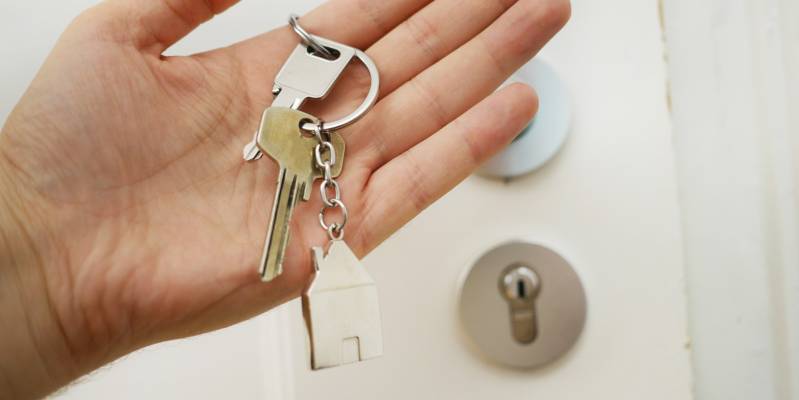Purchasing process in Spain for EU citizens

Purchasing a property in Spain as an EU citizen involves several steps. While the process can vary slightly depending on the region and specific circumstances, here are the general steps to guide you through the property purchase process:
- Research and Budget:
- Start by researching the Spanish property market, different regions, and property prices to determine your budget and preferences.
- Engage a Real Estate Agent:
- Consider hiring a local real estate agent who can help you find suitable properties, negotiate deals, and guide you through the process.
- View Properties:
- Visit the properties you're interested in to get a feel for the neighborhood, the condition of the property, and whether it meets your requirements.
- Make an Offer:
- Once you've found a property you like, make an offer to the seller. If they accept, you can proceed to the next steps.
- Hire a Lawyer:
- It's advisable to hire a qualified lawyer who specializes in property transactions. They will review contracts, conduct due diligence, and ensure the property is free of any legal issues.
- Secure a NIE (Número de Identificación de Extranjero):
- As an EU citizen, you'll need a NIE, which is a tax identification number. You can obtain this from the local police station or Spanish consulate in your home country.
- Sign a Reservation Agreement:
- Sign a reservation agreement and pay a deposit to take the property off the market temporarily while your lawyer conducts due diligence.
- Sign the Sales Contract (Contrato de Compraventa):
- Work with your lawyer to review and sign the sales contract. At this stage, you typically pay a significant deposit (usually 10% of the property price) and agree on a completion date.
- Complete Due Diligence:
- Your lawyer will conduct thorough checks on the property, including ensuring it has no outstanding debts, verifying the property's ownership, and confirming that it complies with local regulations.
- Secure Financing:
- If you're financing the purchase with a mortgage, secure your financing from a Spanish bank or a lender in your home country.
- Finalize the Purchase:
- On the agreed-upon completion date, you and the seller will sign the escritura (deed of sale) at the notary's office. You'll need to pay the remaining balance, plus closing costs.
- Register the Property:
- After the sale, your lawyer will register the property in your name with the local Land Registry.
- Pay Taxes and Fees:
- Be prepared to pay property transfer tax (ITP) or value-added tax (VAT) and any other applicable fees.
- Set Up Utilities:
- Arrange for the transfer of utilities such as water, electricity, and gas to your name.
- Enjoy Your Property:
- Once all the paperwork is completed, you can take possession of your new property and begin enjoying it.
Remember that property purchase processes can vary from region to region in Spain, so it's essential to consult with local experts and authorities, including your lawyer and real estate agent, to ensure you're following the specific regulations and requirements in your chosen location.












